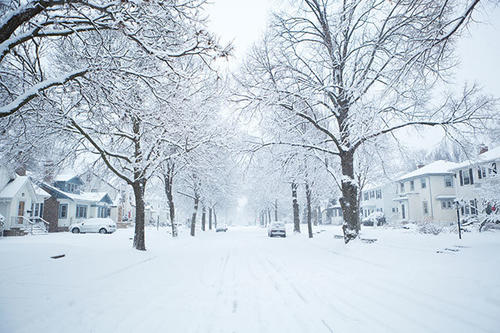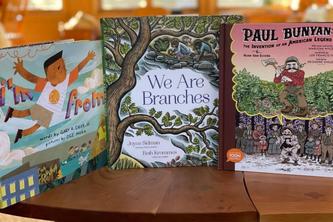
Every year, Minnesota’s severe winter weather conditions grip media attention and public consciousness. In fact, dozens of U.S. states experience winters of heavy snow and ice. Yet the question of how winter weather shapes health and wellbeing is often overlooked.
U of M researcher Jessica Finlay is finding that snow and ice can promote, as well as diminish, health and wellbeing in older adults.
Finlay, a doctoral fellow in the Department of Geography, Environment, and Society and the Center on Aging, conducted research with 125 adults (aged 55–91) from the Minneapolis area.
“I did not plan to study winter,” she says. “In fact, I conducted my interviews in summer and fall ... yet more than 83 percent of participants brought up their interactions with snow and ice at least once during their interviews.”
Finlay was surprised by the widespread positive comments about winter weather. “Many participants were proud at their ability to survive, and even thrive, during Minnesota’s tough winters,” she says. “It formed a part of their self-worth and identities.”
Participants also mentioned enjoying snow, winter leisure activities, and bonding with neighbors and family over shared experiences such as shoveling driveways and sidewalks.
According to Finlay, deeper knowledge of both positive and negative impacts of winter weather can be used in community programs and urban planning to minimize harms and maximize positive aspects.
She encourages policymakers and community organizations to get creative, offering ideas including neighborhood shoveling programs, community service organizations to facilitate seasonal activities, and check-in systems for more-isolated older adults.
See Finlay's published research at Science Direct.
- Categories:
- Arts and Humanities





